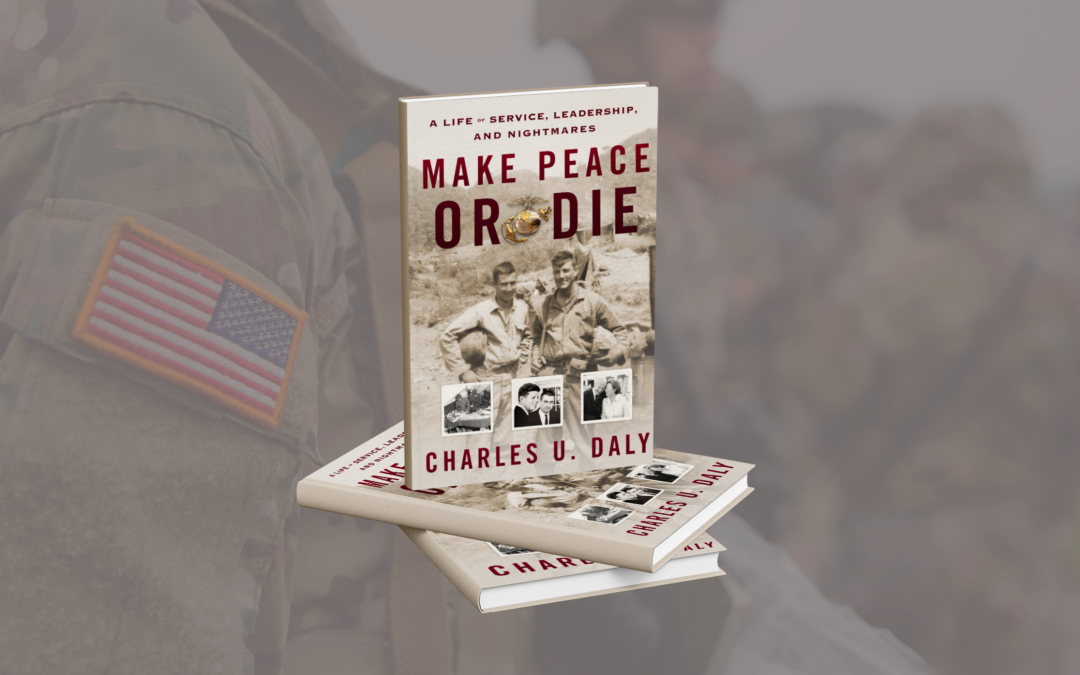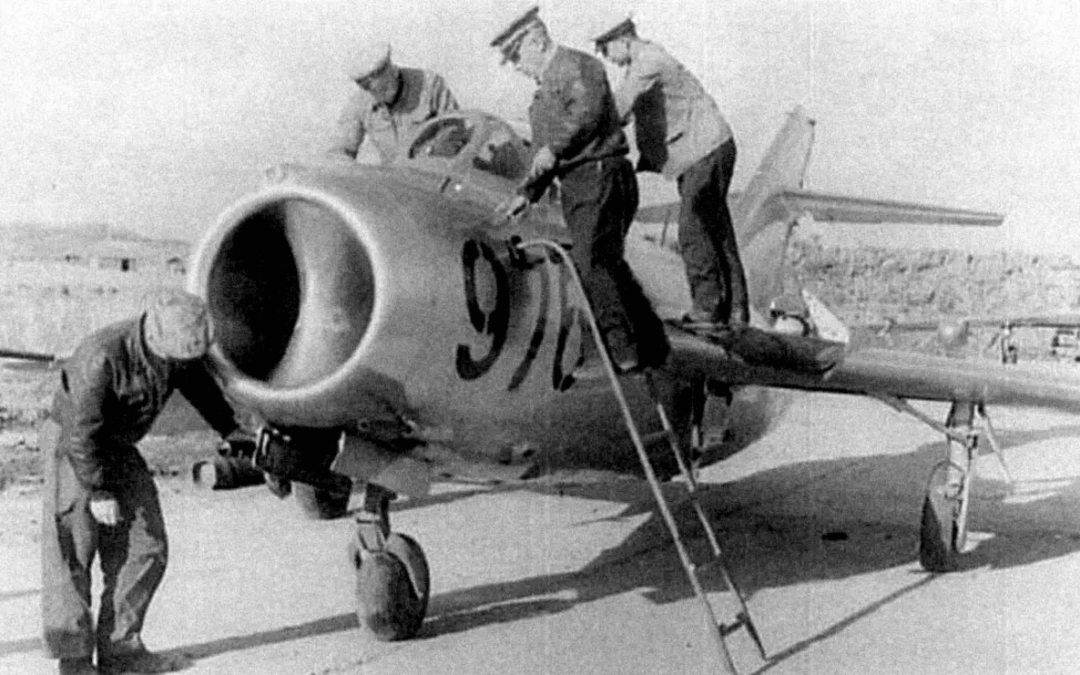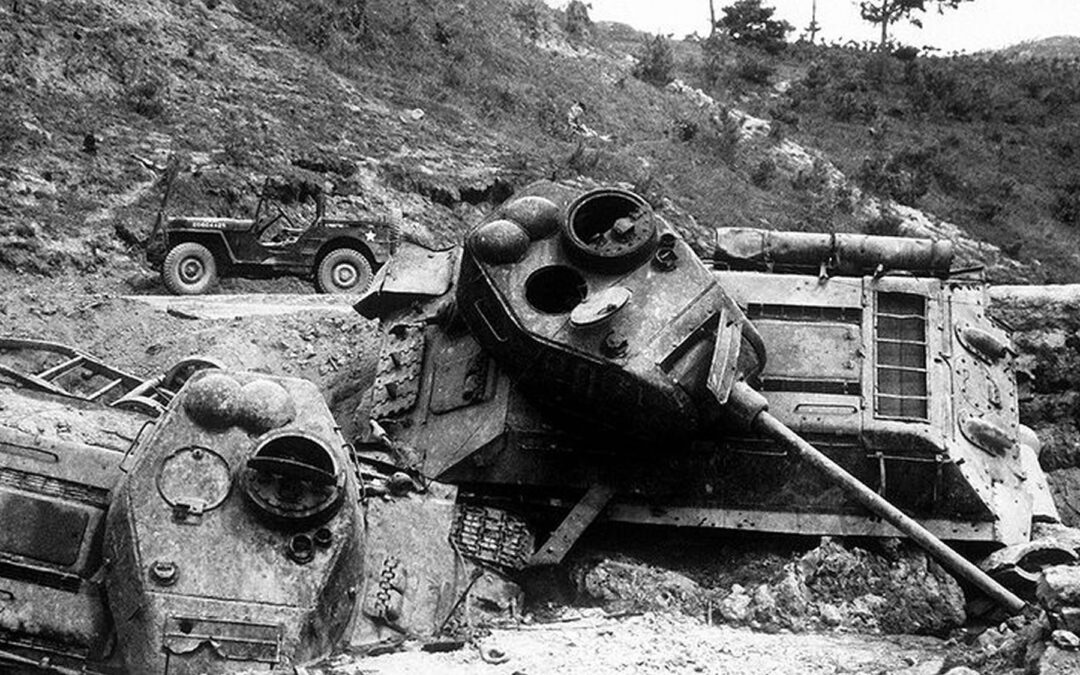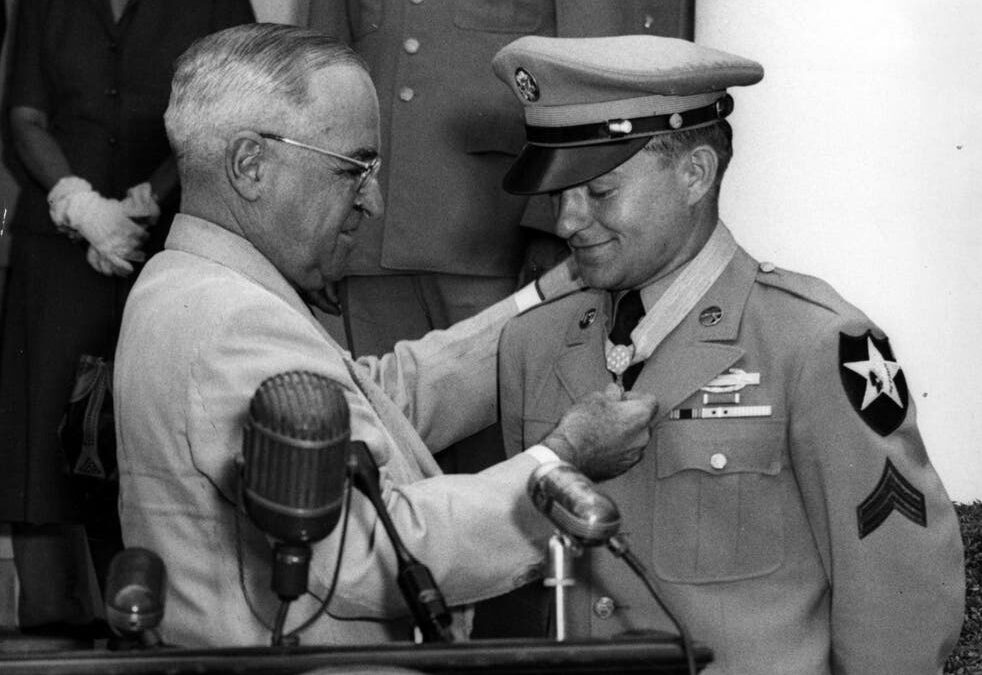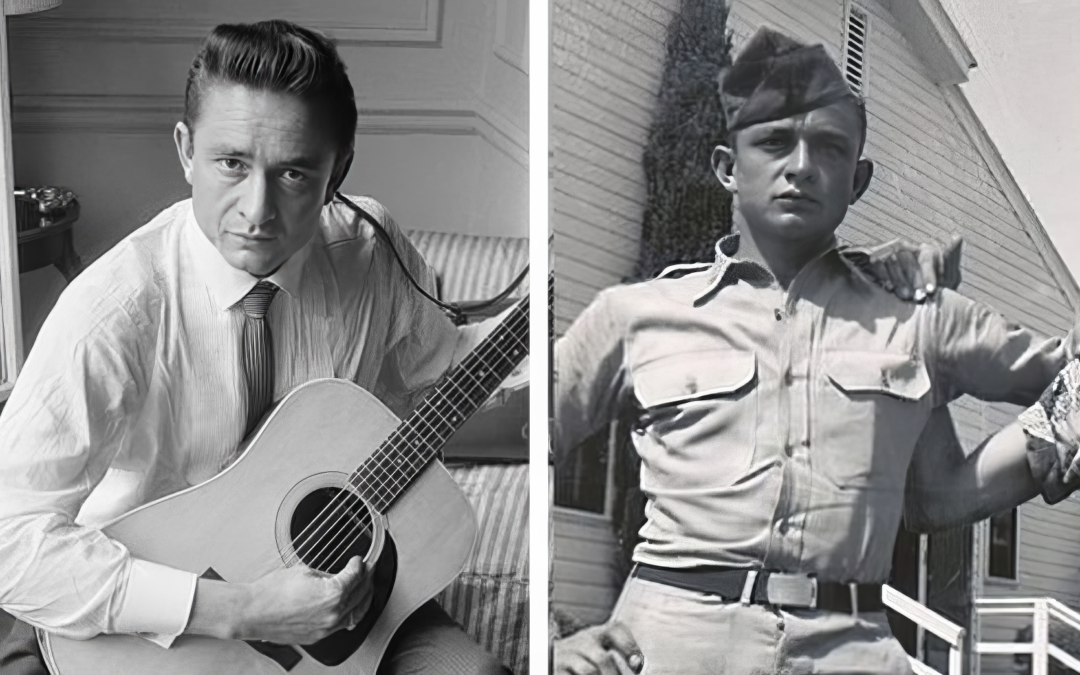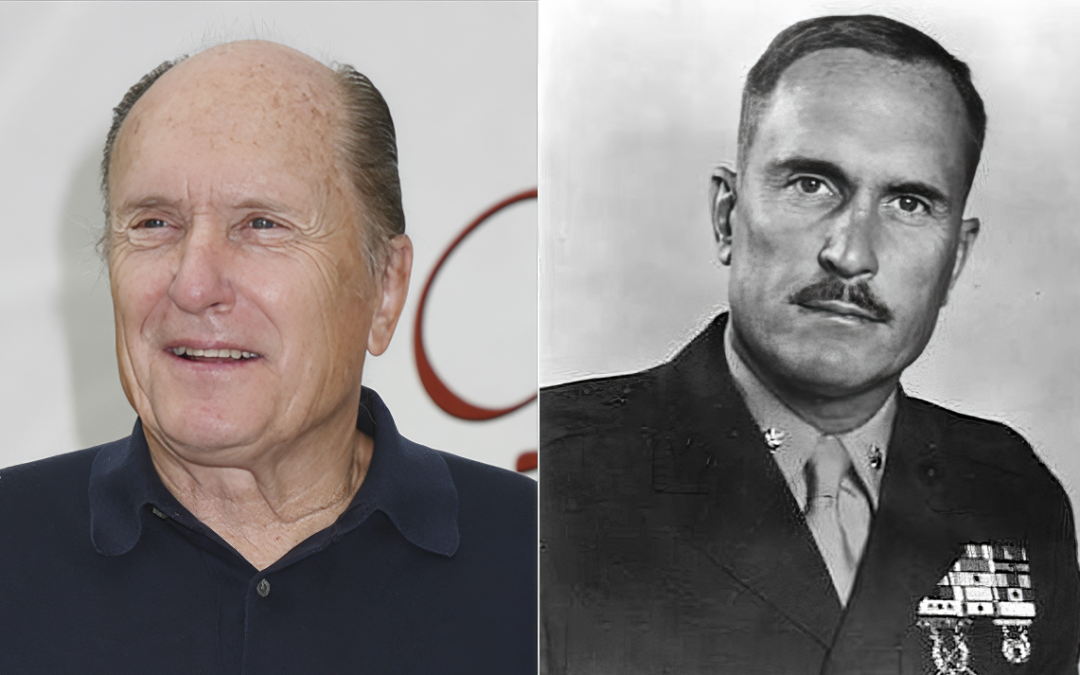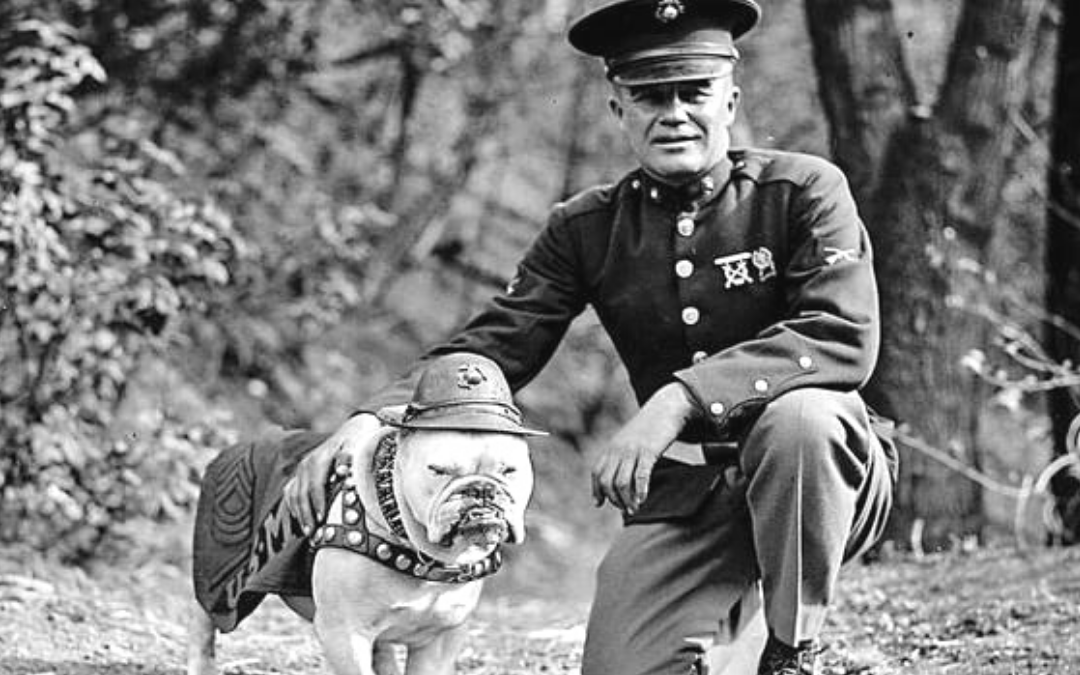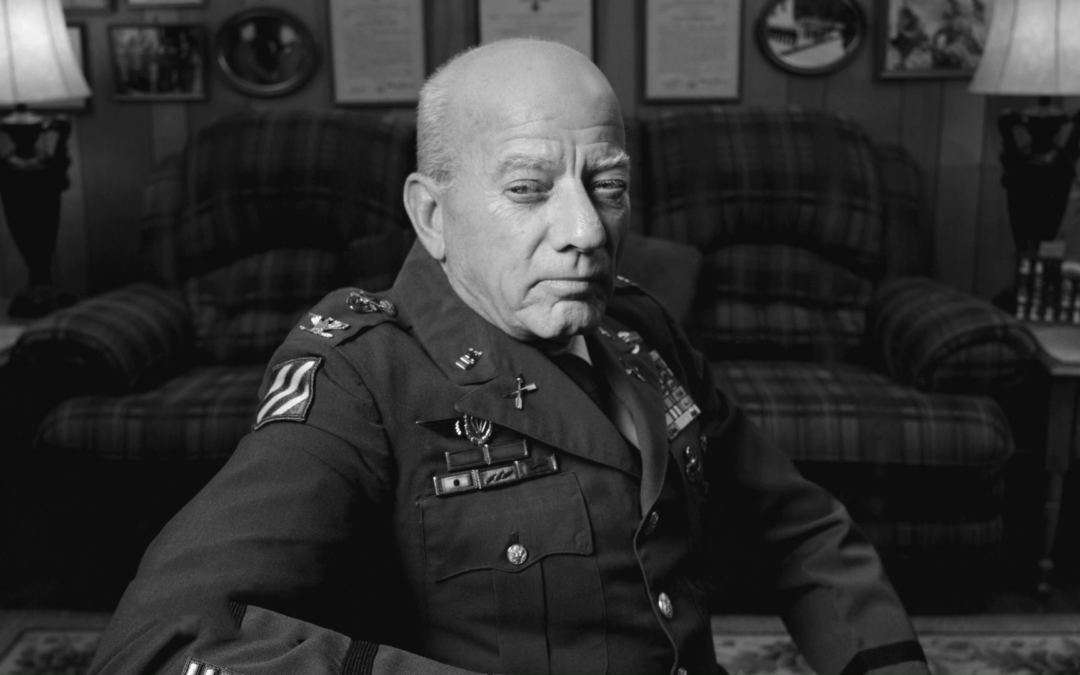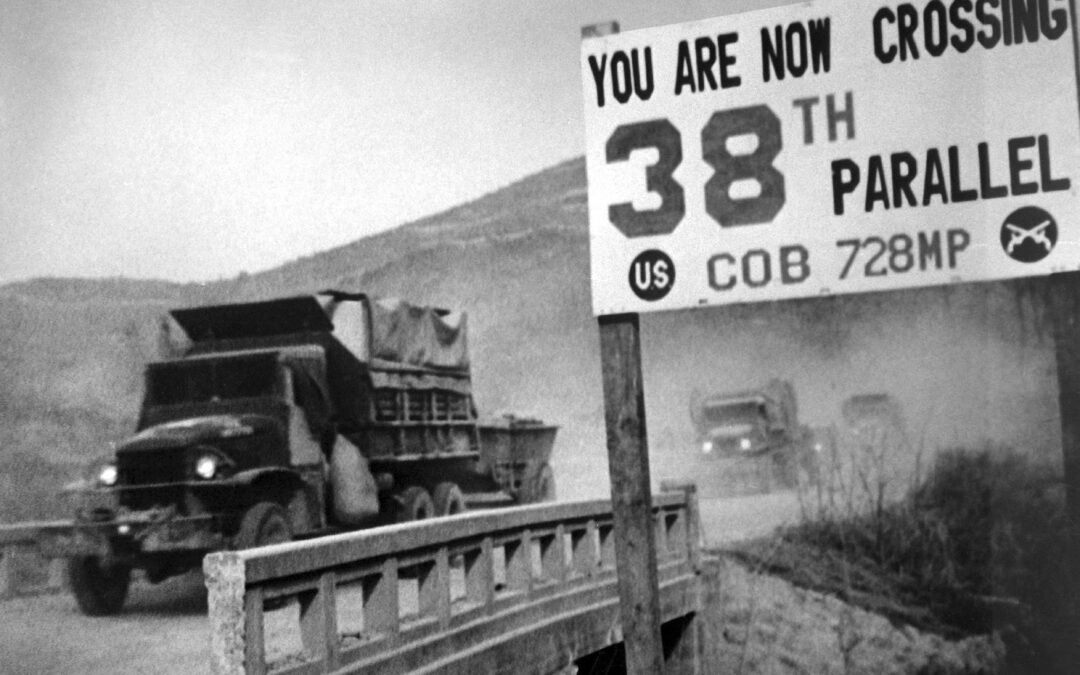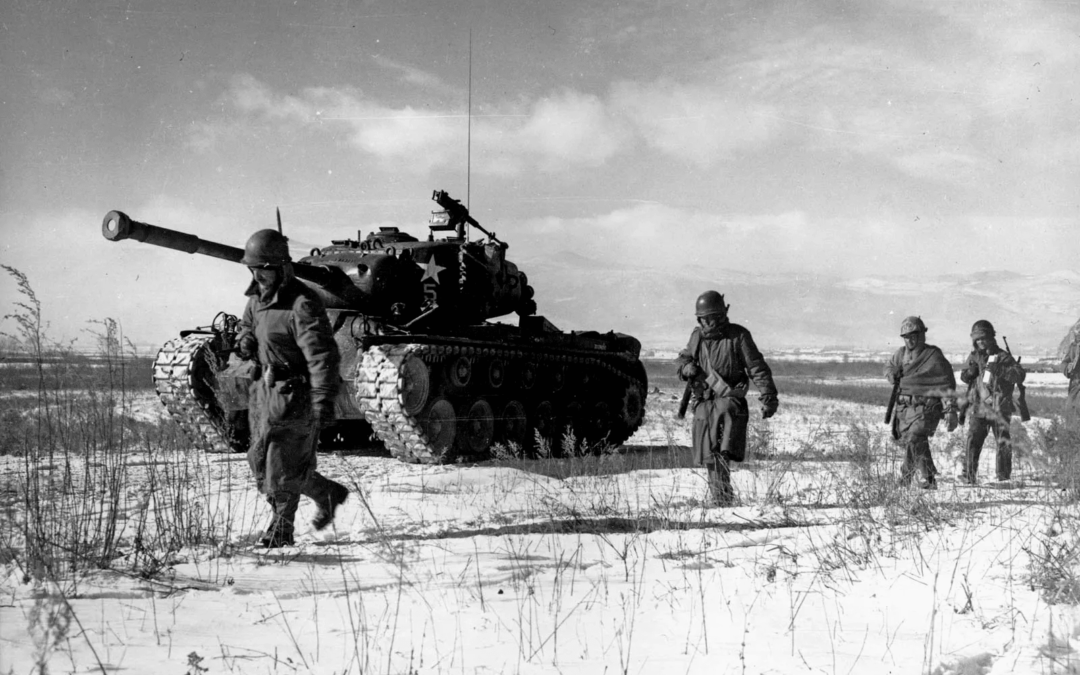As many readers of the Dispatches Newsletter might be aware, "Make Peace or Die" is the motto of the 1st Battalion, 5th Marines. For Charles Daly, it became a regular choice he would have to make, time and again, over the course of his entire life. "Make Peace or Die: A Life of Service, Leadership, and Nightmares" is everything the name promises it to be. At times terrifying, the book is always engrossing and descriptive. It’s one of the finest personal recollections of the Korean War today. It’s also a joint collaboration the author co-wrote with the help of his son, Charlie Daly. About the Author of Make Peace or Die Daly grew up in a family of Anglo-Irish immigrants. They became American citizens when little Charles was just eight years old. Their story, as Daly admits from the start, was not the typical picture of huddled masses yearning to breathe free. His father was a Shell Oil Company Executive, and they came to the United States on a luxury liner in first class. When...
